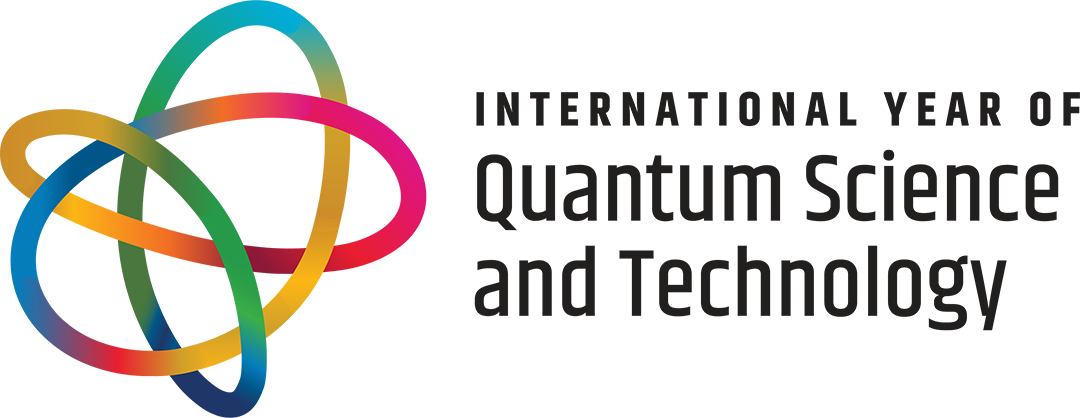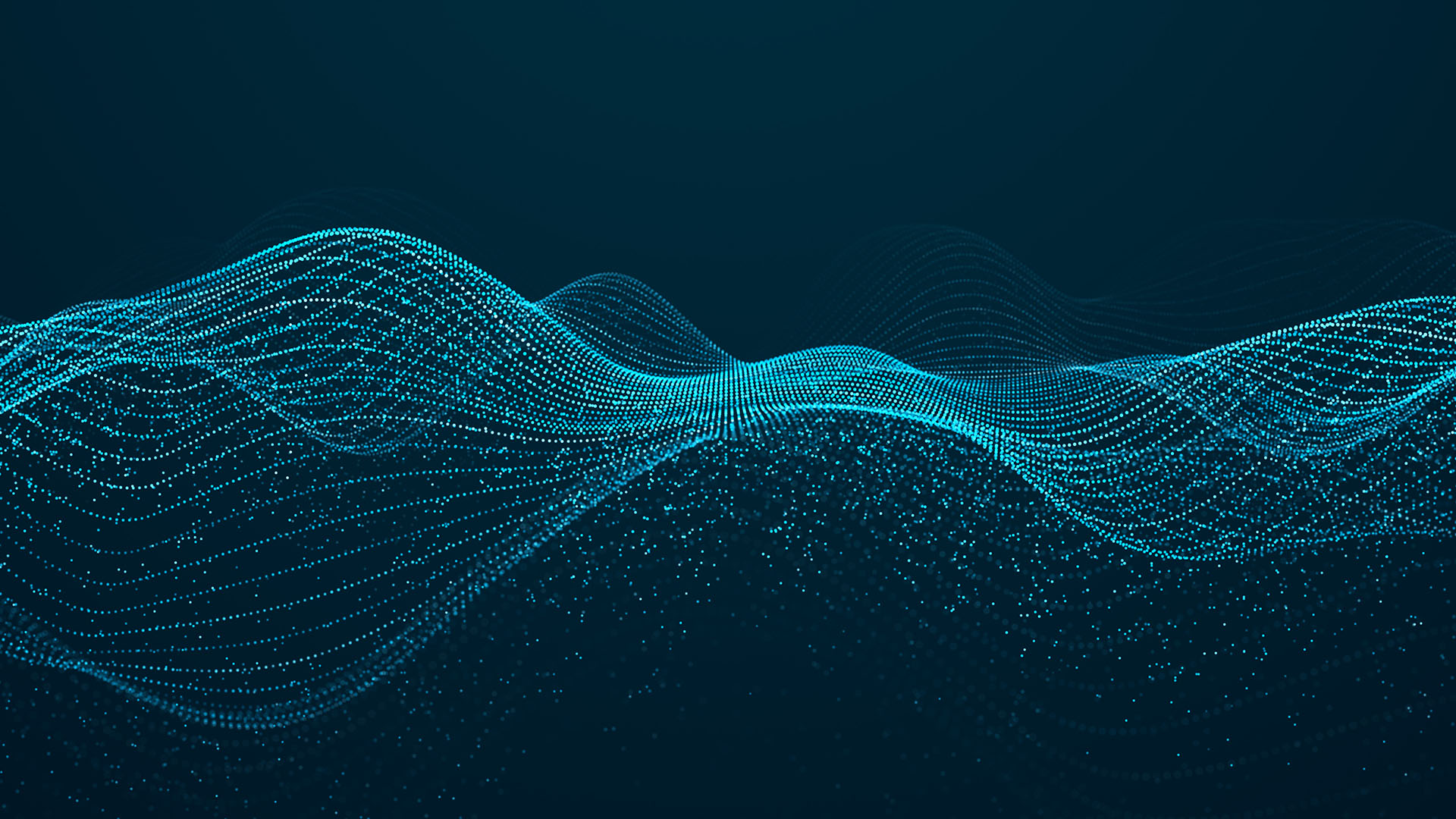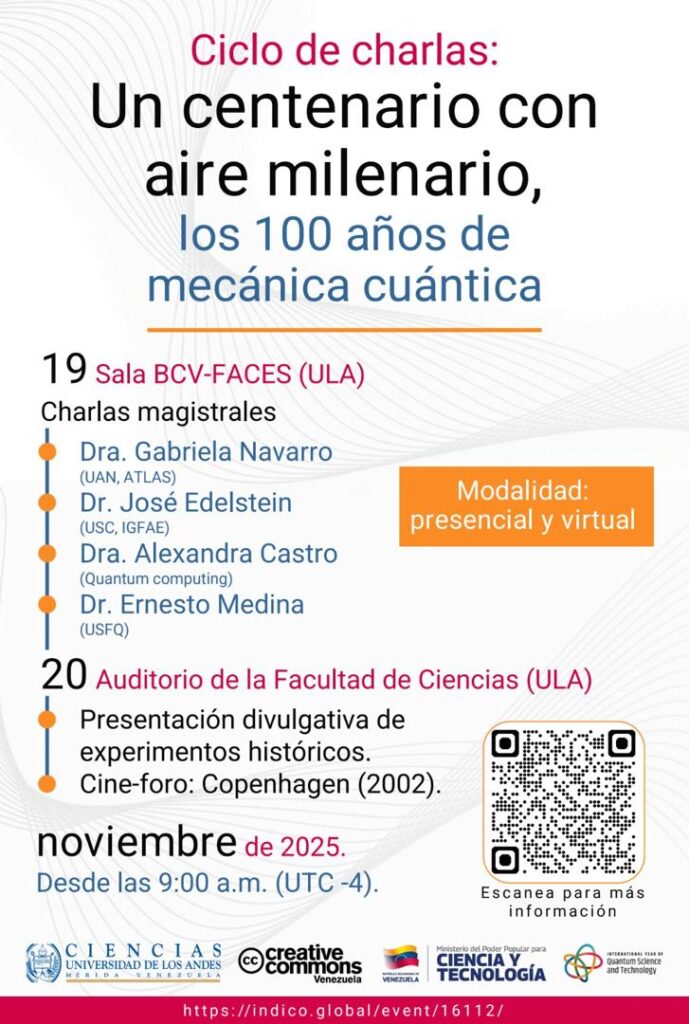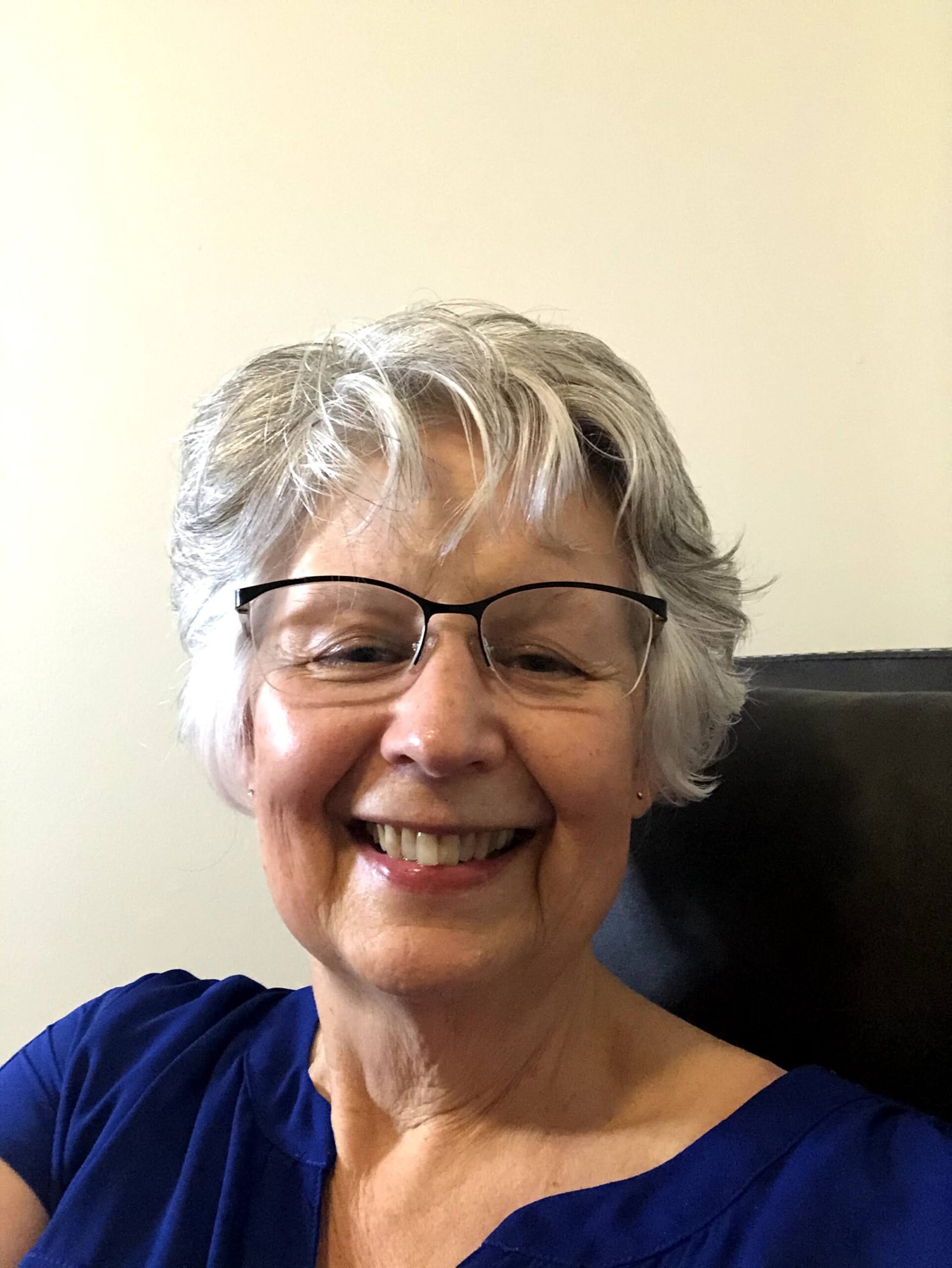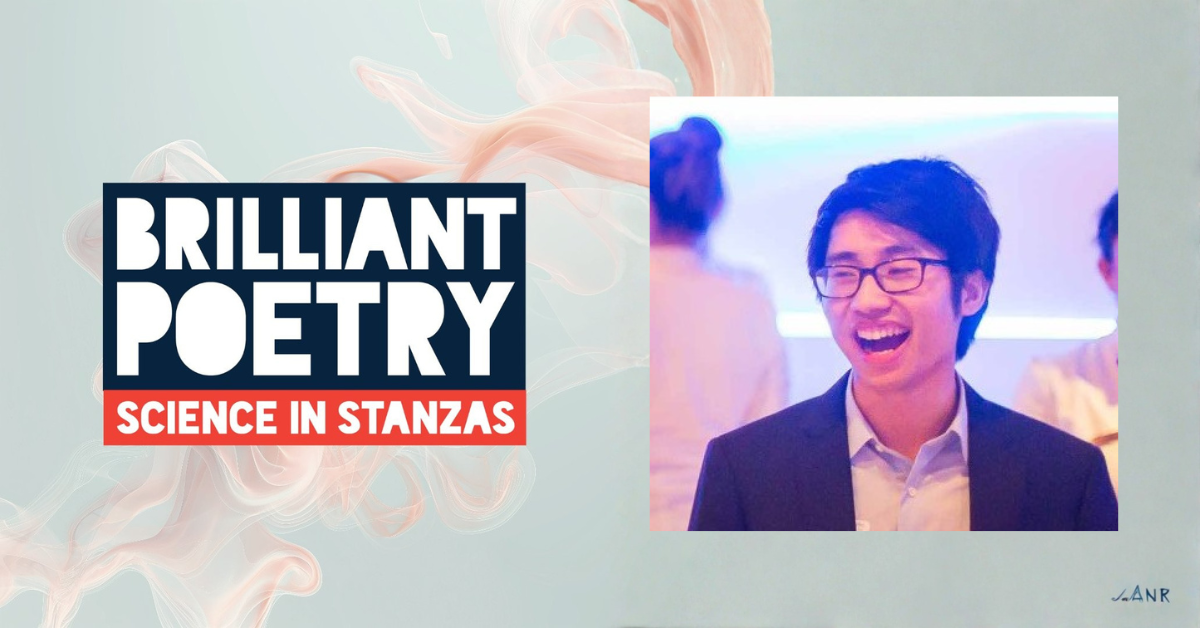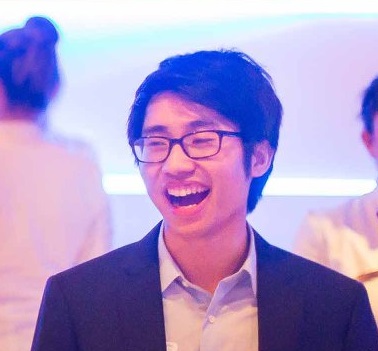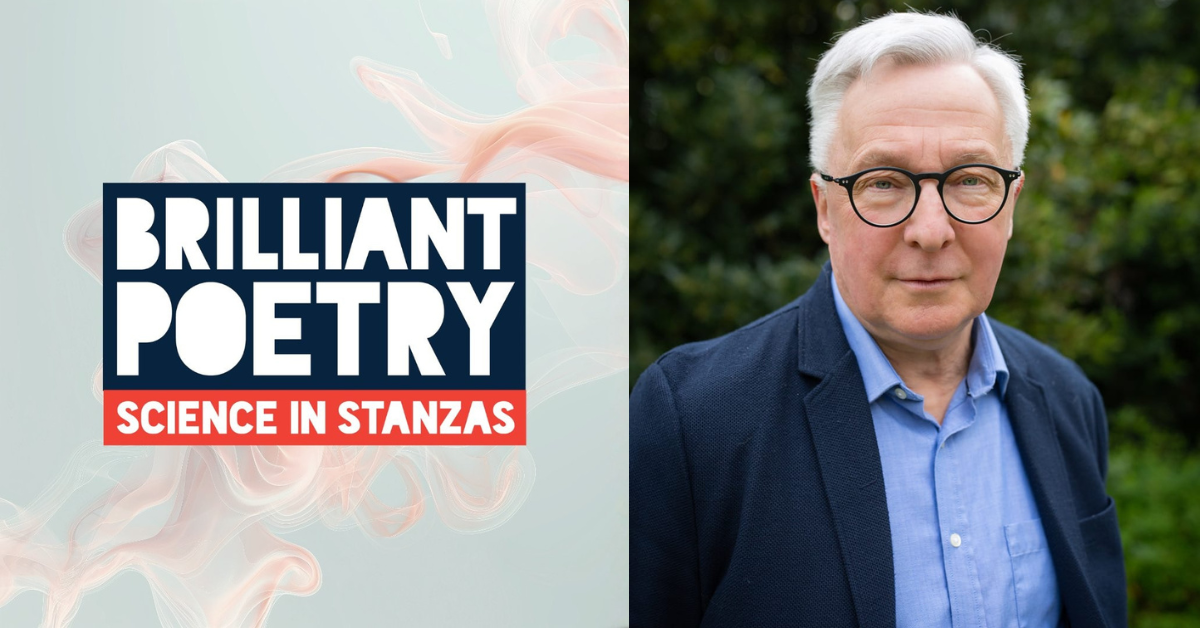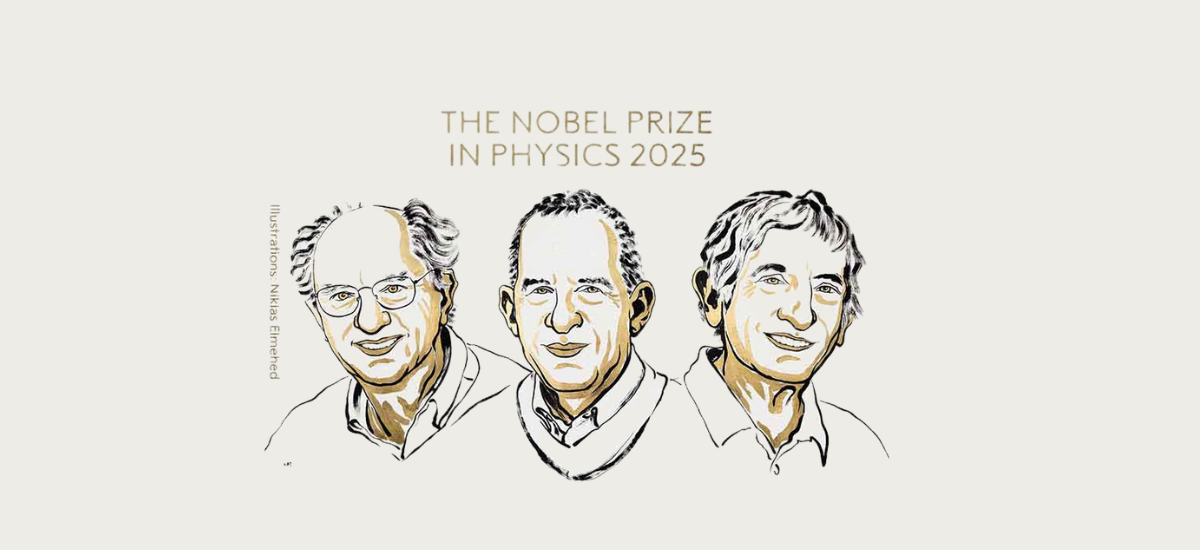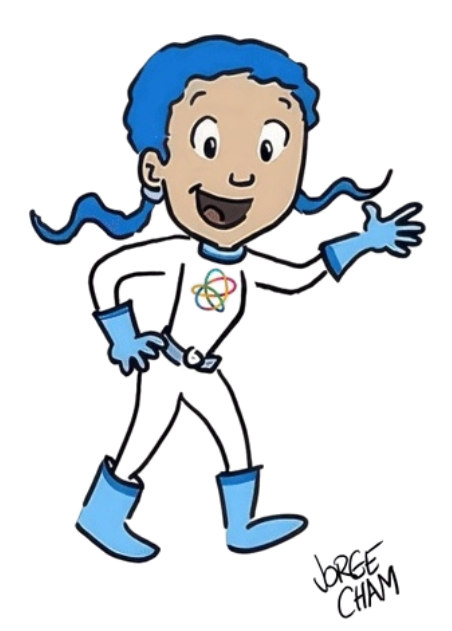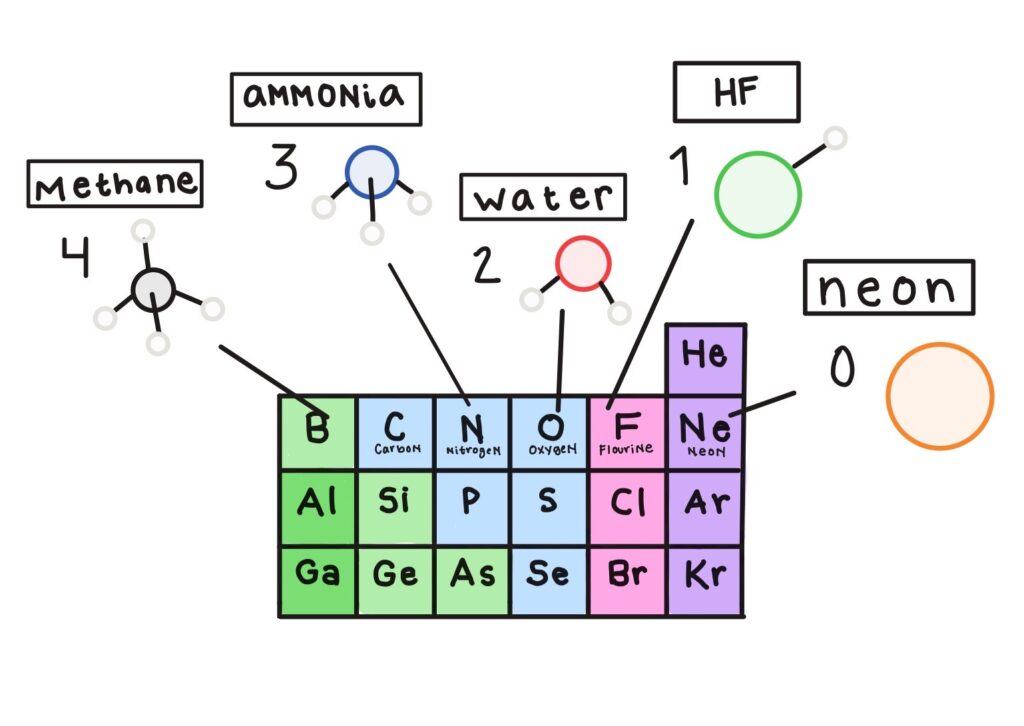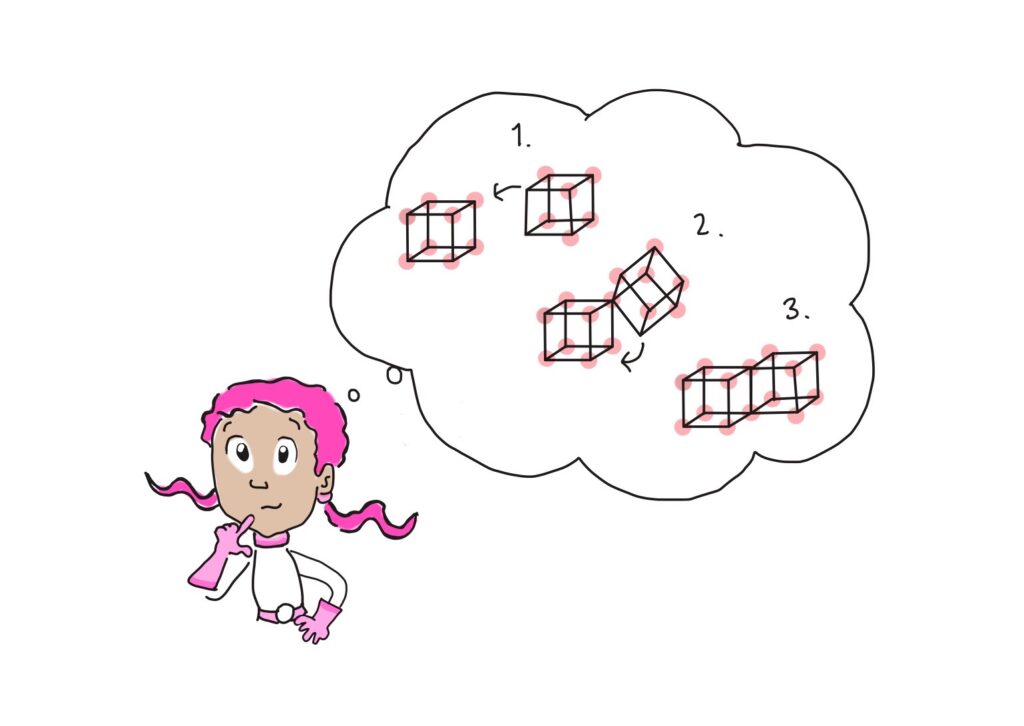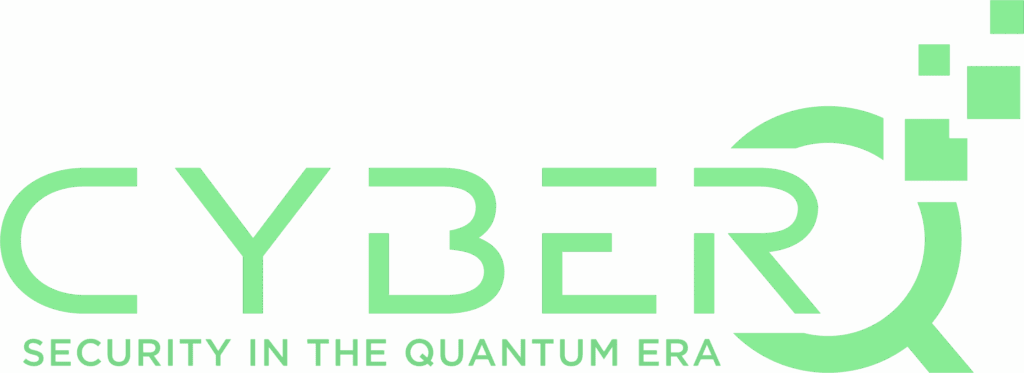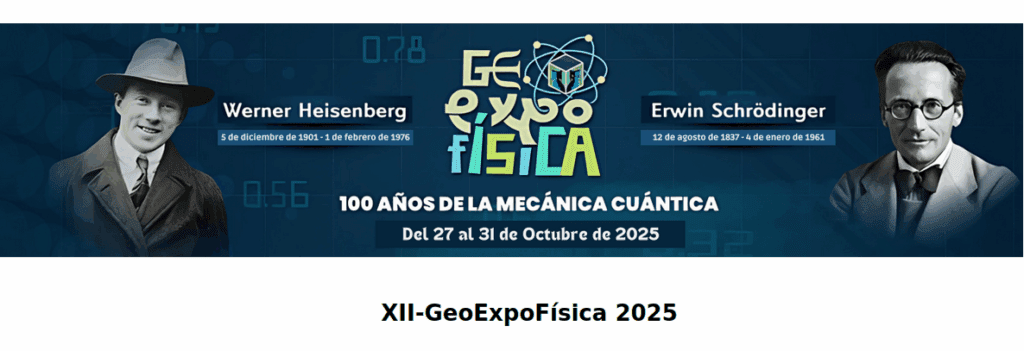Los 100 años de la mecánica cuántica
En el marco de la proclamación de 2025 como el Año Internacional de la Ciencia y la Tecnología Cuánticas por la UNESCO, la Facultad de Ciencias de la Universidad de Los Andes (ULA) organiza una jornada conmemorativa titulada “Un centenario con aire milenario: los 100 años de la Mecánica Cuántica”, que se celebrará los días 19 y 20 de noviembre de 2025.
Esta actividad da continuidad al éxito del coloquio “Cien años de espeluznante encantamiento, cien años de mecánica cuántica”, realizado en junio en la ULA, el cual contó con una nutrida asistencia y una destacada participación del público académico. Motivados por la positiva recepción de aquel encuentro, este nuevo evento busca ampliar el alcance y el impacto de la conmemoración, promoviendo la enseñanza, la divulgación y la investigación en el ámbito de la física cuántica tanto en la ULA como en otros centros de investigación y universidades del país.

